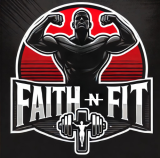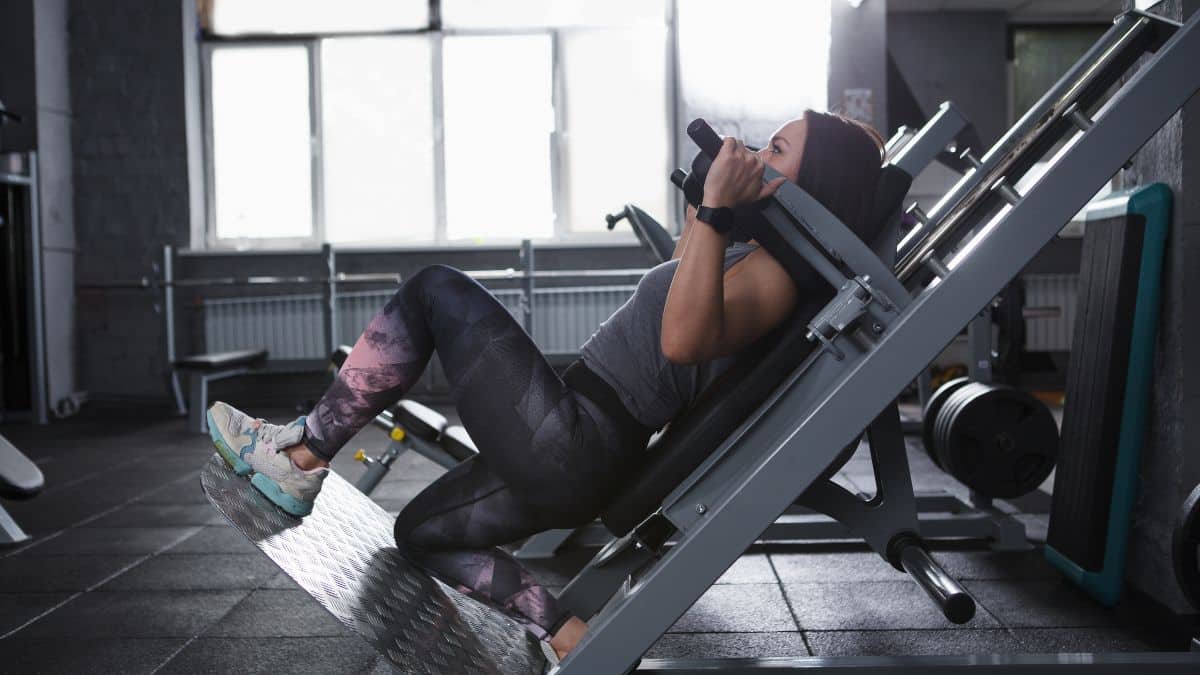Explore the pros, cons, and muscle activation differences between Hack Squat vs Squats to find the best fit for your leg day goals.
🏋️ Introduction
When it comes to building serious leg size and strength, few exercises are as celebrated — or debated — as the squat. But with so many variations out there, one question often comes up: Is the hack squat better than the traditional barbell squat for muscle growth?
Whether you’re trying to grow your quads, protect your back, or just get more out of leg day, this breakdown will help you decide which squat variation aligns best with your fitness and faith-driven goals.
🔍 What Is a Hack Squat?
The hack squat is a machine-based squat variation where your back is supported by a sliding platform. You push against footplates at a fixed angle, typically between 45–60 degrees.
Muscles worked:
- Primary: Quads
- Secondary: Glutes, hamstrings, calves
Benefits:
- Easier on the lower back
- Ideal for isolating the quads
- Great for hypertrophy (muscle growth)
- More stability (especially good for beginners or those rehabbing injuries)
🏋️ What Is a Traditional Barbell Squat?
The barbell back squat is a free-weight compound movement where you place the barbell on your upper traps or rear delts and squat down under load.
Muscles worked:
- Primary: Quads, glutes
- Secondary: Hamstrings, lower back, core, calves
Benefits:
- Builds total-body strength
- Activates stabilizer muscles
- Trains core and posterior chain
- Highly functional movement for daily life and sports
🔬 Hack Squat vs Traditional Squat: Muscle Activation
Hack Squat:
- Primarily targets the quads
- Less activation in glutes, hamstrings, and core
- Lower risk of form breakdown under fatigue
Barbell Squat:
- Activates more muscle groups overall
- More challenging to perform with proper form
- Higher potential for injury if done incorrectly
💡 FaithNFIT Tip: If you’re recovering from injury or want to emphasize quad hypertrophy without straining your lower back, the hack squat can be a wise and safe option — especially when paired with glute bridges or RDLs for posterior chain balance.
📈 Which Builds More Muscle?
It depends on your goals:
| Goal | Better Option |
|---|---|
| Overall strength & muscle mass | Barbell Squat |
| Quad hypertrophy & control | Hack Squat |
| Beginner safety & isolation | Hack Squat |
| Functional movement strength | Barbell Squat |
If your primary goal is leg size and you already train glutes separately, the hack squat is incredibly effective. If you want strength, power, and athletic performance, nothing beats a well-executed barbell squat.
🔄 Can You Do Both in a Workout?
Absolutely — and for best results, you probably should.
Example leg-day pairing:
- Barbell back squats: 3–4 sets of 5–8 reps
- Hack squats: 3 sets of 10–12 reps
- Walking lunges or Romanian deadlifts: 2–3 sets for glute/hamstring work
This hybrid approach trains both size and strength while reducing injury risk.
🙏 FaithNFIT Perspective
At FaithNFIT, we believe your body is a temple (1 Corinthians 6:19), and training should build it up — not break it down. Choosing the right movement for your body type, injury history, and goals is an act of stewardship.
Whether you’re pressing on the hack machine or lifting under the barbell, do it with purpose, integrity, and praise in your heart.
🧠 Final Verdict
The hack squat isn’t “better” than the barbell squat — it’s just better at targeting the quads in a safe, stable environment.
Incorporate both if possible. Use barbell squats for total strength and hack squats for clean, focused muscle building.
✅ Key Takeaways
- Hack squats isolate the quads and are easier on the back
- Barbell squats recruit more muscles and build functional strength
- Choose based on your goals, mobility, and experience
- Pair both for optimal leg development
📎 Latest Articles You’ll Love:
- 5 Easy High-Protein Snacks for Muscle Recovery on Busy Days
- Cold Water Face Therapy: Benefits for Skin, Stress & Recovery
- Is Deadlifting Safe for Lower Back Pain? What Experts Say
- Collagen vs Retinol: What’s Better for Youthful Skin?
- Is the Hack Squat Better Than Traditional Squats for Leg Growth?
Subscribe now and get a 14-day free trial workout app for iPhone users.





